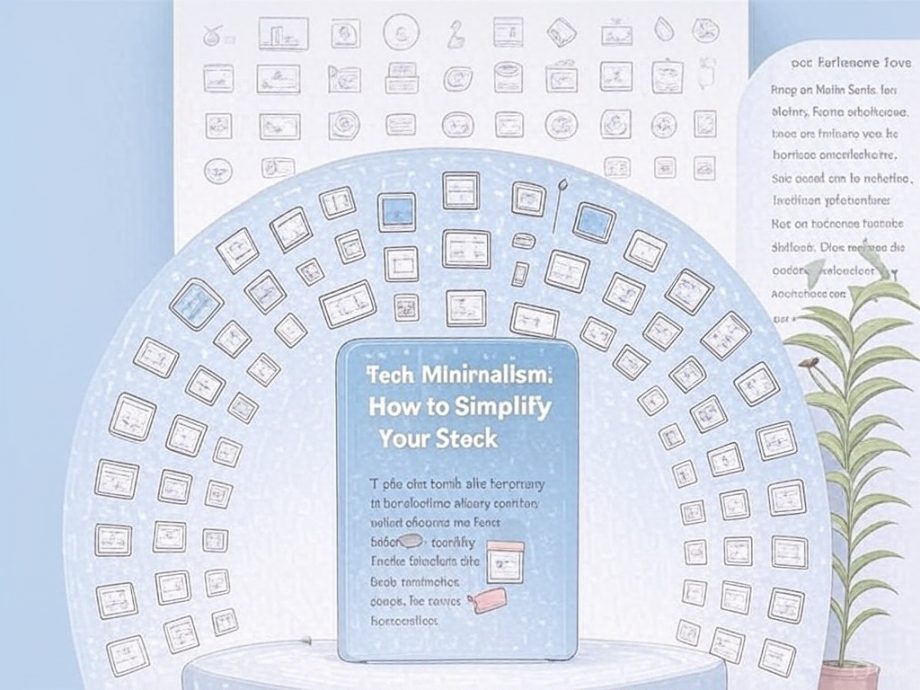
Introduction
In today’s fast-paced digital world, it’s easy to fall into the trap of tool overload. From productivity apps to collaboration platforms, data dashboards to dev tools—your stack can quickly become a tangled mess of overlapping services and monthly subscription fees.
Enter tech minimalism: a strategy for simplifying your tools, reducing friction, and focusing on what actually drives value.
Here’s how to clean up your stack without compromising performance.
1. Audit Your Current Tools
Start with a full inventory. List every tool your team uses—across product, marketing, sales, ops, and engineering. Then ask:
- What problem is this tool solving?
- How often is it used?
- Who owns it?
- What’s the ROI?
🧹 Tip: If a tool hasn’t been touched in 30 days, it might not be worth keeping.
2. Consolidate Where Possible
Many modern platforms offer multiple features—why use five tools when one will do?
Examples:
- Use Notion instead of separate apps for docs, wikis, and task management.
- Replace Slack + Zoom + Google Meet with Microsoft Teams if you’re already in the Microsoft ecosystem.
- Use HubSpot for CRM, email, and marketing automation instead of three separate tools.
💡 Less context switching = more focus and productivity.
3. Avoid Shiny Object Syndrome
New tools launch every day promising to “10x” your team. But more tools often create more complexity, not less. Before adopting any new tech, ask:
- Does this replace something?
- Will it scale with us?
- Do we really need it?
🚫 Don’t let FOMO dictate your stack.
4. Automate Intelligently
Don’t just add tools—make them work smarter together. Use automation platforms like Zapier, Make, or native integrations to reduce repetitive tasks and streamline workflows.
✨ Tech minimalism isn’t about using fewer tools—it’s about doing more with less effort.
5. Focus on Adoption, Not Just Access
Too many tools = too little engagement. Ensure your team is actually using the tools you pay for. Provide training, create documentation, and assign ownership.
🧠 A simple stack that’s well-used is better than a bloated one that’s ignored.
Conclusion
Tech minimalism isn’t about cutting corners—it’s about cutting clutter. By simplifying your stack, you free up time, reduce costs, and create space for deeper focus.
🎯 Takeaway: The best tech stack isn’t the biggest—it’s the one that gets out of your way.

